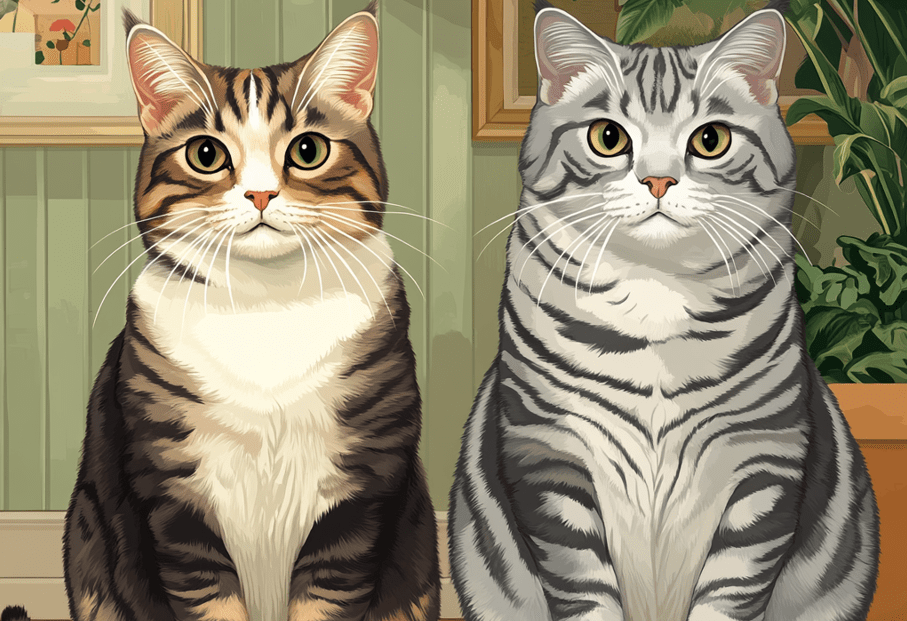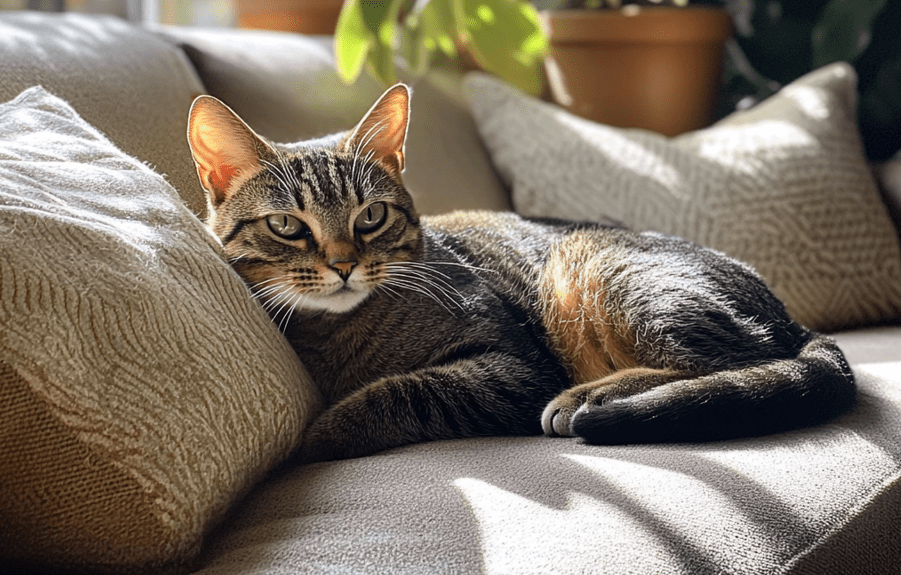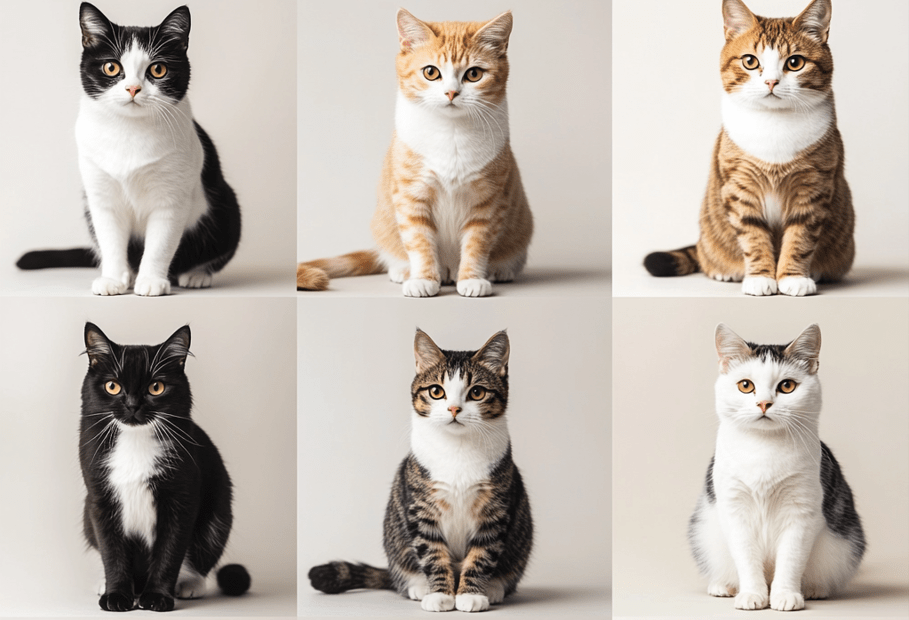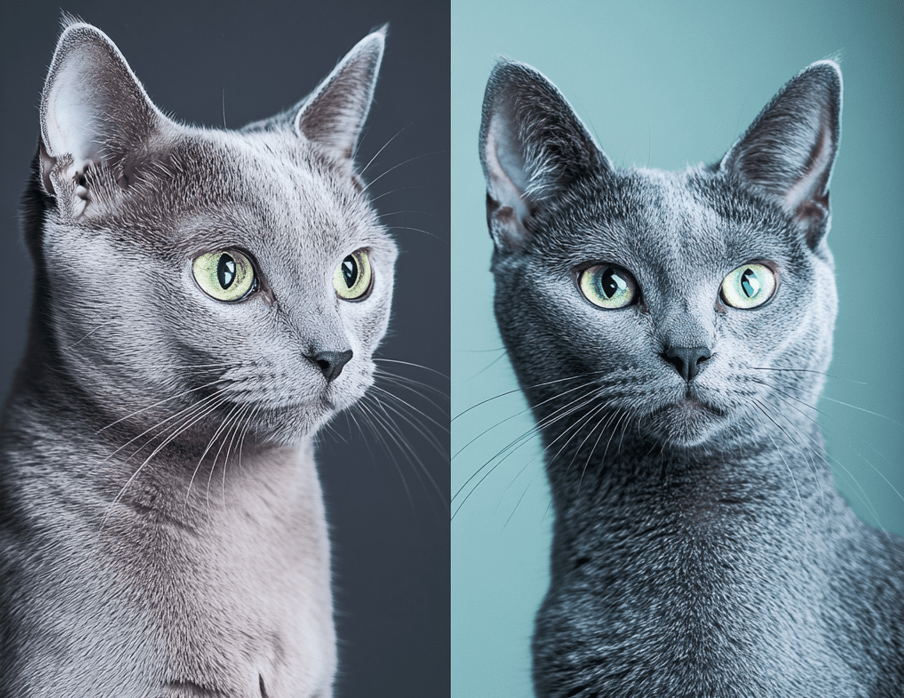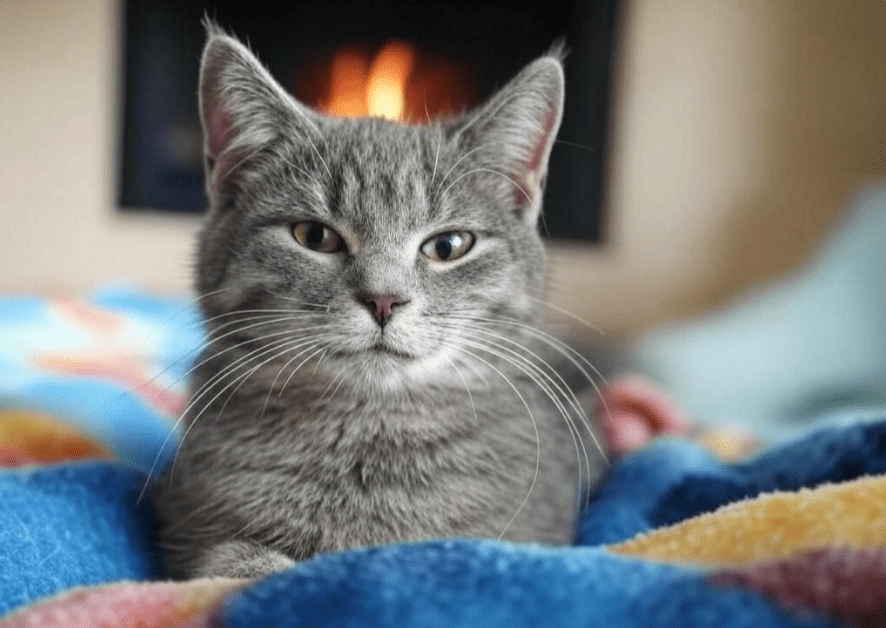
Hairballs in Domestic Shorthairs are a common concern for cat owners, as these felines are prone to grooming-related issues due to their short, dense coats. If you own a Domestic Shorthair Cat, you’ve likely encountered the unpleasant sight (and sound) of your pet hacking up a hairball. While hairballs are a natural part of a cat’s grooming process, frequent or severe hairballs can signal underlying issues that need attention. In this comprehensive guide, we’ll explore everything you need to know about hairballs in Domestic Shorthairs, including causes, prevention tips, and effective remedies to keep your cat healthy and comfortable.
From grooming techniques to dietary adjustments, we’ll cover practical strategies to reduce hairballs and improve your Domestic Shorthair’s well-being. Let’s dive in and tackle this hairy problem head-on!
What Are Hairballs, and Why Do Domestic Shorthairs Get Them?
Hairballs, medically known as trichobezoars, are clumps of hair that accumulate in a cat’s stomach or intestines during grooming. Domestic Shorthair Cats, like all felines, groom themselves by licking their fur, which removes loose hair, dirt, and parasites. Their rough tongues, covered in tiny barbs called papillae, collect this hair, which is then swallowed. Most of the time, the hair passes through the digestive system and is eliminated in the stool. However, some hair can accumulate in the stomach, forming a hairball that your cat eventually vomits up.
Domestic Shorthairs are particularly prone to hairballs because of their grooming habits and coat type. Their short, dense fur sheds regularly, especially during seasonal changes, leading to more hair ingestion. While hairballs are generally harmless, frequent occurrences or difficulty passing them can cause discomfort or indicate health issues.
Why Hairballs Are a Concern for Domestic Shorthairs
While the occasional hairball is normal, excessive hairballs in Domestic Shorthairs can lead to problems. Here’s why you should pay attention:
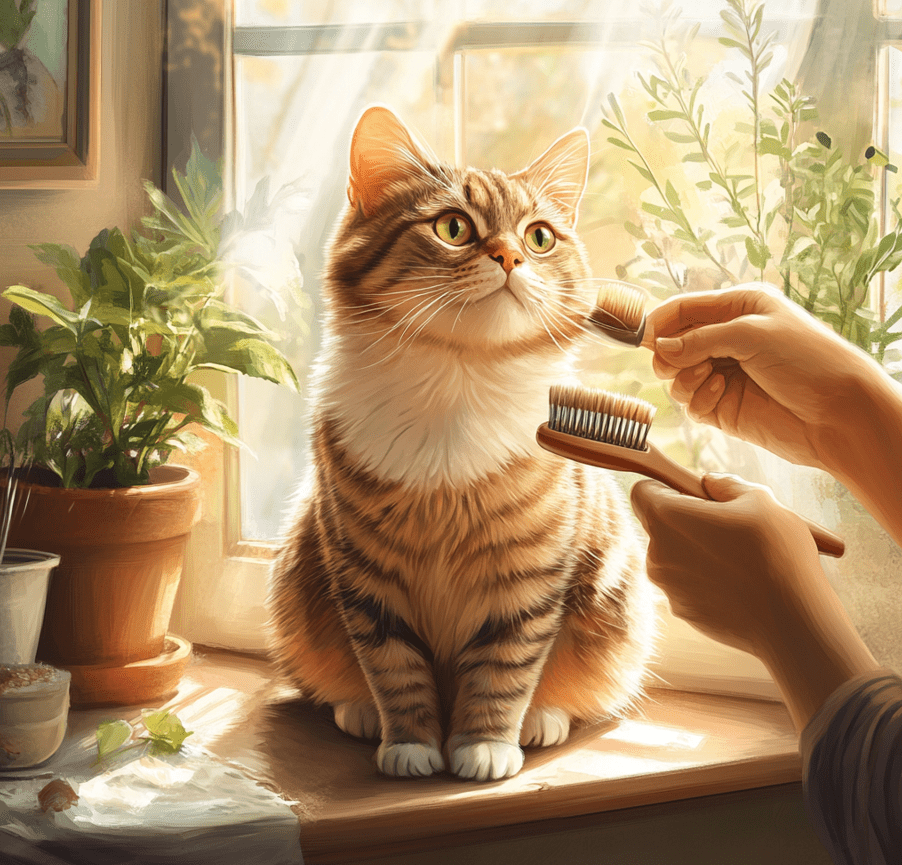
Digestive Blockages: In rare cases, large hairballs can cause intestinal blockages, a serious condition requiring veterinary intervention. Symptoms include vomiting, loss of appetite, lethargy, and constipation.
Discomfort: Hacking up a hairball can be distressing for your Domestic Shorthair, causing gagging, retching, or coughing.
Underlying Health Issues: Frequent hairballs may indicate skin conditions, allergies, or digestive problems that increase shedding or grooming.
Mess and Stress: For owners, cleaning up hairballs can be unpleasant, and seeing your cat struggle can be stressful.
Understanding the causes of hairballs in Domestic Shorthairs is the first step to managing them effectively. Let’s explore the reasons behind this common issue.
Causes of Hairballs in Domestic Shorthairs
Several factors contribute to hairballs in Domestic Shorthairs. By identifying the root causes, you can take targeted steps to reduce their frequency.
1. Excessive Grooming
Domestic Shorthairs are meticulous groomers. If your cat is over-grooming due to stress, boredom, or skin irritations (like allergies or fleas), they’re likely ingesting more hair, leading to more hairballs.
2. Shedding
Domestic Shorthairs shed year-round, with heavier shedding during spring and fall. The more loose hair on their coat, the more they’ll ingest while grooming.
3. Dry Skin or Coat Issues
Dry skin can lead to increased shedding and dandruff, which prompts more grooming. This is often caused by low humidity, poor diet, or lack of grooming support.
4. Digestive Motility Issues
If your Domestic Shorthair’s digestive system is sluggish, swallowed hair may not pass through as easily, leading to hairball formation. Dehydration, lack of fiber, or underlying gastrointestinal issues can contribute to this.
5. Diet and Nutrition
A diet lacking in essential nutrients, such as omega fatty acids, can lead to poor coat health and increased shedding. Additionally, a lack of fiber in the diet can make it harder for hair to pass through the digestive tract.
6. Stress or Behavioral Factors
Stress, anxiety, or boredom can cause Domestic Shorthairs to groom excessively, increasing hair ingestion. Environmental changes, lack of stimulation, or conflicts with other pets can contribute to this behavior.
How to Prevent Hairballs in Domestic Shorthairs: 10 Practical Tips
Preventing hairballs in Domestic Shorthairs involves a combination of grooming, dietary adjustments, environmental enrichment, and veterinary care. Here are 10 actionable tips to minimize hairballs and keep your cat healthy.
1. Regular Grooming to Reduce Loose Hair
Brushing your Domestic Shorthair regularly is one of the most effective ways to prevent hairballs. By removing loose hair before your cat can ingest it, you’ll significantly reduce the amount of hair that ends up in their stomach.
How Often: Brush your Domestic Shorthair 2-3 times a week, or daily during shedding seasons.
Best Tools: Use a deshedding tool like the FURminator or a soft-bristled brush designed for short-haired cats.
2. Provide a Hairball-Control Diet
A balanced diet can improve your Domestic Shorthair’s coat health and digestion, reducing hairballs.
Look For: Cat foods labeled as “hairball control” often contain higher levels of fiber to help move hair through the digestive tract. Brands like Royal Canin Hairball Care or Hill’s Science Diet Hairball Control are good options.
Key Nutrients: Ensure the diet includes omega-3 and omega-6 fatty acids to support skin and coat health, reducing shedding.
3. Increase Fiber Intake
Fiber helps move hair through the digestive system, preventing hairball formation.
Sources: Add a small amount of canned pumpkin (1-2 teaspoons) to your Domestic Shorthair’s food, or choose a high-fiber cat food.
Supplements: Hairball remedies like Pet Naturals Hairball Chews often contain fiber and lubricants to aid digestion.
Caution: Too much fiber can cause diarrhea, so introduce it slowly and consult your vet.
4. Keep Your Cat Hydrated
Proper hydration supports healthy digestion and helps hair pass through the system more easily.
How to Encourage Drinking: Use a cat water fountain, as Domestic Shorthairs often prefer running water. The PetSafe Drinkwell Fountain is a popular choice.
Wet Food: Incorporate wet food into your cat’s diet, as it has a higher moisture content than dry kibble.
5. Use Hairball Remedies
Hairball remedies, such as gels or treats, contain lubricants like petroleum jelly that help hair pass through the digestive tract.
Recommended Product: Tomlyn Laxatone Hairball Remedy is a vet-recommended gel that Domestic Shorthairs usually accept well.
How to Use: Apply a small amount (as directed) to your cat’s paw or mix it into their food 1-2 times a week.
6. Manage Shedding with Omega Fatty Acids
Omega-3 and omega-6 fatty acids improve coat health, reducing excessive shedding and dry skin.
Sources: Look for cat foods with added omega fatty acids, or use supplements like Nordic Naturals Omega-3 Pet.
Natural Options: Add a small amount of fish oil (like salmon oil) to your Domestic Shorthair’s food, but consult your vet for the correct dosage.
7. Reduce Stress and Over-Grooming
Stress can lead to excessive grooming, increasing hairball risk. Create a calm, enriching environment for your Domestic Shorthair.
Enrichment Ideas: Provide toys, scratching posts, and perches to keep your cat mentally stimulated. (Refer to our previous article on toys for Domestic Shorthairs for ideas.)
Calming Aids: Use pheromone diffusers like Feliway to reduce stress.
8. Monitor for Allergies or Skin Issues
Allergies, fleas, or dermatitis can cause over-grooming, leading to more hairballs.

Signs to Watch For: Excessive scratching, red skin, or hair loss.
Solution: Use a vet-recommended flea treatment like Frontline Plus and address allergies with hypoallergenic diets or medications.
9. Encourage Exercise
Physical activity stimulates digestion, helping hair move through the system more efficiently.
Play Ideas: Use interactive toys like feather wands or laser pointers to get your Domestic Shorthair moving.
Frequency: Aim for 15-20 minutes of play twice a day.
10. Regular Vet Checkups
Frequent hairballs can indicate underlying health issues, such as gastrointestinal problems or inflammatory bowel disease.
When to See a Vet: If your Domestic Shorthair has hairballs more than once a month, or if they show signs of distress (vomiting, lethargy, constipation), consult your vet.
Tests: Your vet may recommend bloodwork, X-rays, or a dietary evaluation.
When to Worry: Signs of a Hairball-Related Emergency
While most hairballs are harmless, they can occasionally cause serious problems. Here are signs that your Domestic Shorthair may need immediate veterinary attention:
Persistent Vomiting: If your cat tries to vomit but nothing comes up, or if they vomit repeatedly without producing a hairball.
Loss of Appetite: Refusing to eat for more than 24 hours.
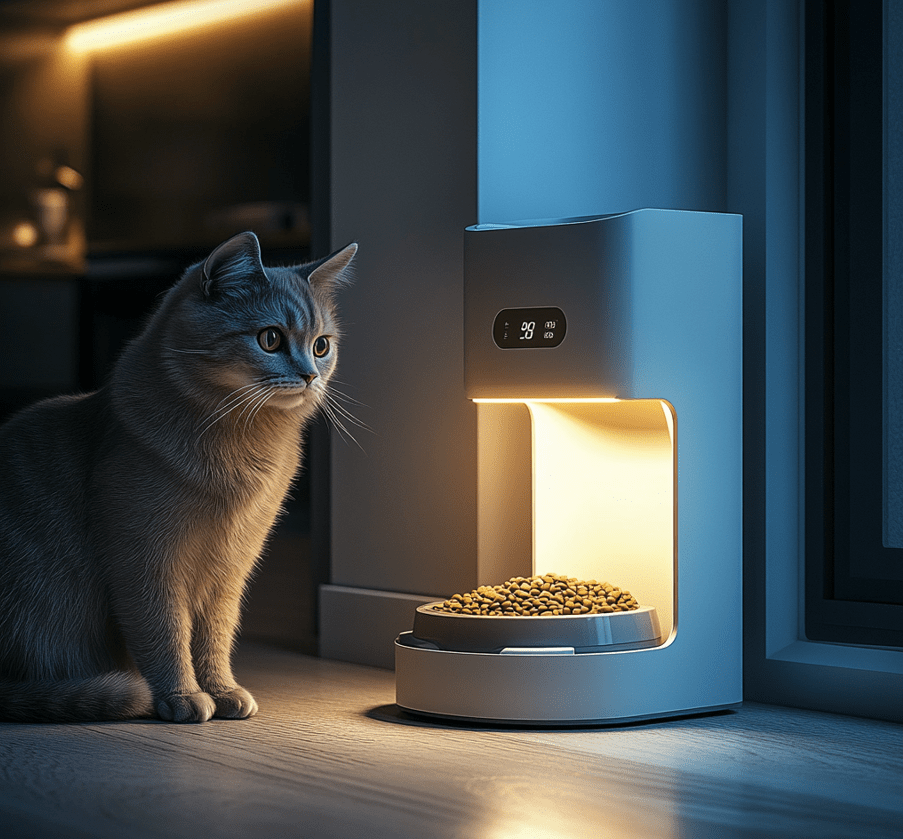
Lethargy: Unusual tiredness or lack of interest in play.
Constipation or Diarrhea: Difficulty passing stool or changes in bowel habits.
Abdominal Pain: Hunching, sensitivity to touch, or vocalizing in pain.
If you notice any of these symptoms, contact your vet immediately. A hairball could be causing a blockage, which may require surgery in severe cases.
Common Myths About Hairballs in Domestic Shorthairs
There are several misconceptions about hairballs that can lead to improper management. Let’s debunk a few:
Myth 1: Hairballs Are Always Normal
While occasional hairballs are normal, frequent ones (more than once a month) can indicate a problem that needs addressing.
Myth 2: All Cats Need Hairball Remedies
Not all Domestic Shorthairs need remedies. Focus on grooming and diet first, and use remedies only if necessary.
Myth 3: Indoor Cats Don’t Get Hairballs
Indoor Domestic Shorthairs are just as prone to hairballs as outdoor cats, especially if they shed more due to dry indoor air.
Myth 4: Hairballs Can’t Be Prevented
With the right strategies—like regular grooming, proper diet, and hydration—hairballs can be significantly reduced.
Home Remedies for Hairballs in Domestic Shorthairs
In addition to the prevention tips above, here are a few vet-approved home remedies to help manage hairballs:
Coconut Oil: A small amount (1/4 teaspoon) of coconut oil can act as a natural lubricant to help hair pass through the digestive tract. Use sparingly, as too much can cause diarrhea.
Butter: A tiny dab of butter (1/8 teaspoon) can help lubricate the digestive system, but use it only occasionally and with vet approval.
Slippery Elm Bark: This natural herb soothes the digestive tract and can help with hairball passage. Mix a small amount into wet food, but consult your vet for dosage.
Aloe Vera Gel: A small amount of pet-safe aloe vera gel can support digestion and reduce hairball formation. Ensure it’s free of toxic additives like xylitol.
Long-Term Benefits of Managing Hairballs in Domestic Shorthairs
By taking steps to reduce hairballs, you’re not just addressing a messy problem—you’re improving your Domestic Shorthair’s overall health and quality of life. Here’s what you can expect:
Better Digestive Health: A healthier digestive system means fewer hairballs and a lower risk of blockages.
Improved Coat and Skin: Proper grooming and nutrition lead to a shinier coat and less shedding.
Reduced Stress: Less discomfort from hairballs means a happier, more relaxed cat.
Stronger Bond: Regular grooming and playtime strengthen your relationship with your Domestic Shorthair.
Conclusion: Keep Hairballs at Bay for a Healthier Domestic Shorthair
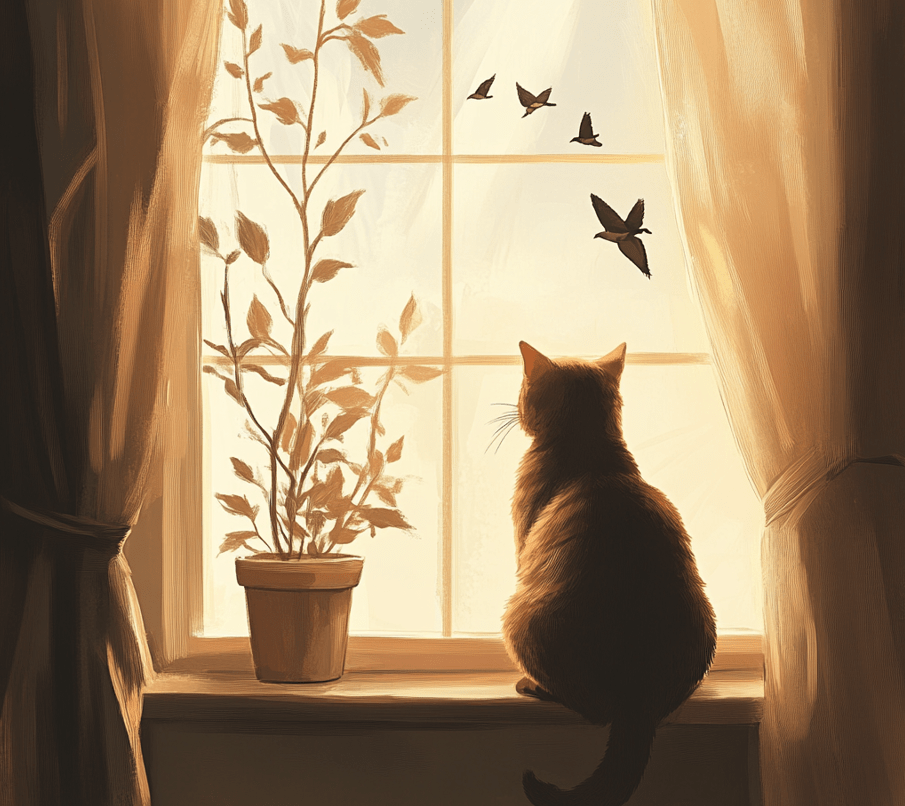
Hairballs in Domestic Shorthairs don’t have to be a constant struggle. By understanding the causes and implementing the tips and tricks outlined in this guide, you can significantly reduce hairball frequency and keep your cat comfortable. Regular grooming, a balanced diet, proper hydration, and a stress-free environment are key to managing this common issue. If hairballs persist or your Domestic Shorthair shows signs of distress, don’t hesitate to consult your vet for personalized advice.

